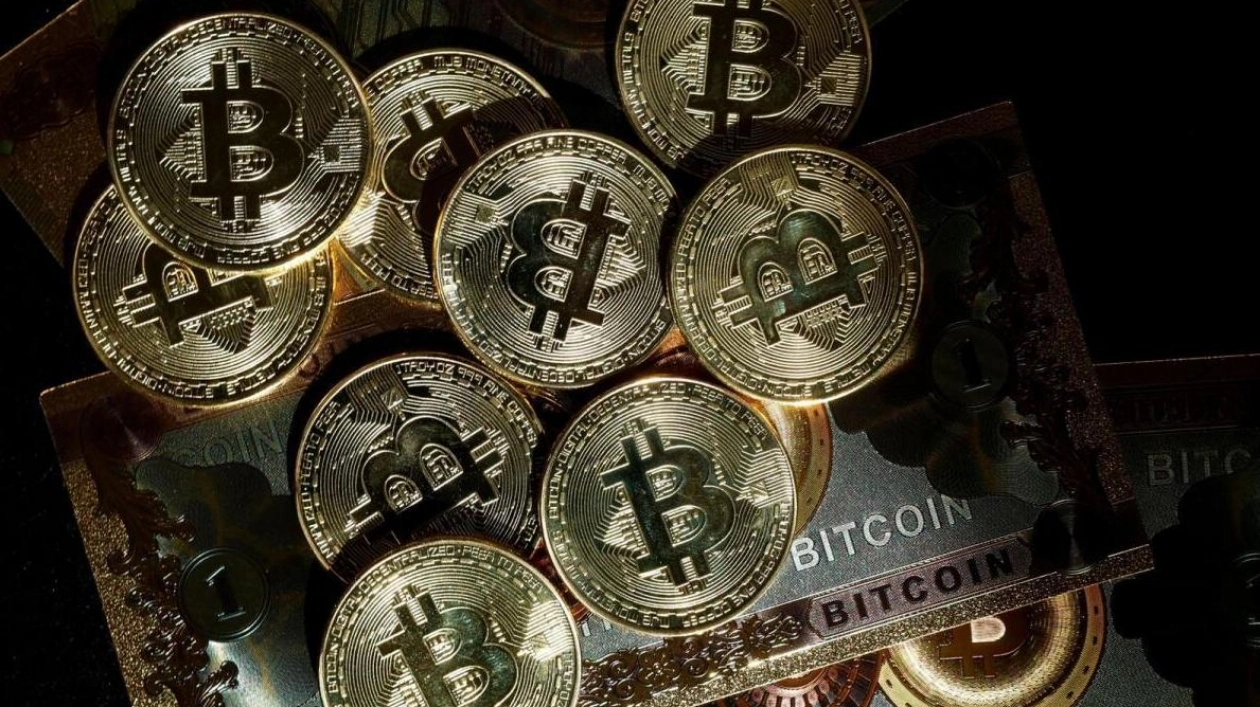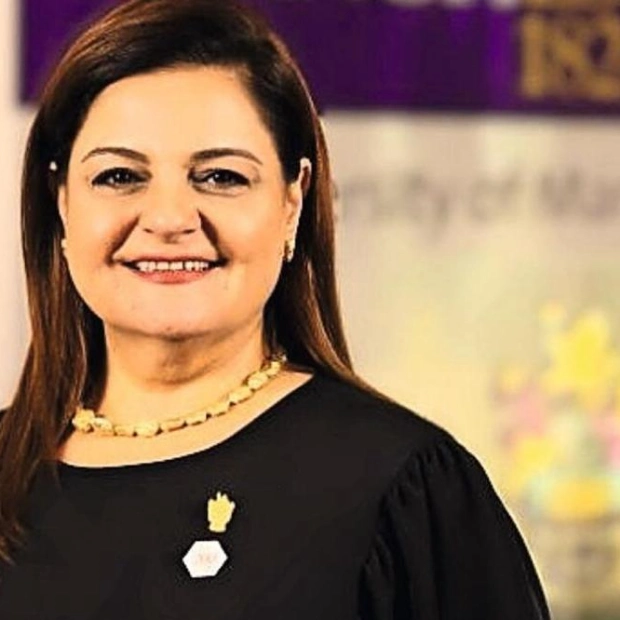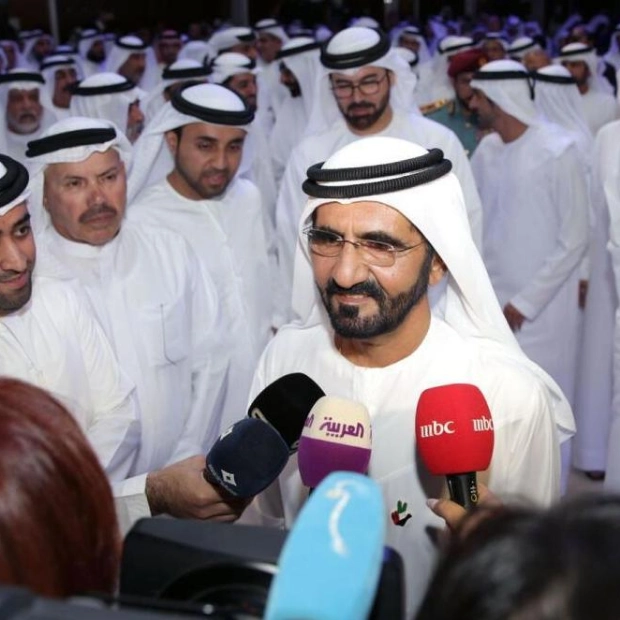The UAE is emerging as a key player in the global digital assets market, according to recent trends. The global market for tokenized assets is expected to expand from around $0.4 trillion in 2023 to $10.9 trillion by 2030, according to the Economist Research Report. Furthermore, the global market capitalization of crypto assets hit $2 trillion by the end of 2021, with forecasts of a fivefold increase by the end of the decade.
"Given the UAE’s progressive regulations and active market involvement, the country is poised to capture a substantial portion of this expanding market," said Rifad Mahasneh, general manager for Mena at OKX, a prominent crypto exchange and Web3 technology company, in an interview with Khaleej Times. OKX recently published a research brief by Economist Impact titled "Digital assets as the new alternative for institutional investors: market dynamics, opportunities and challenges," which underscores that institutional investors now perceive digital assets as an essential and promising asset class poised for significant growth.
The brief identifies four critical areas of focus for institutions entering the digital asset market: asset allocation, custody, regulation, and risk management. Additionally, liquidity, market integration, and compliance are highlighted as vital factors for market entry. These insights were derived from an Economist Impact roundtable discussion in Dubai in April 2024, featuring senior executives in digital assets and finance, along with desk research and interviews with representatives from leading financial services and investment firms such as Citi, Al Mal Capital, Skybridge Capital, VanEck, and others.
Mainstream and institutional investors in the UAE are increasingly incorporating digital assets into their portfolios, driven by the recognition of digital assets as a promising and growing asset class. "According to the report, about 40% of financial market participants, including banks, wealth managers, and exchanges, are already utilizing some form of distributed ledger technology or digital assets," Mahasneh noted. Institutional investors are particularly attracted to the diversification benefits of digital assets due to their low correlation with traditional asset classes like equities and fixed income.
"Some institutional investors are allocating between 1% to 5% of their portfolios to digital assets, depending on their risk appetite, according to the Economist Research Report. As the market matures and digital assets become more integrated into traditional finance, we could see a growing trend and this allocation increasing. By 2027, it is anticipated that digital assets could account for around 7.2% of institutional portfolios," Mahasneh explained. Overall, there is a "growing consensus" among institutional investors that digital assets, such as cryptocurrencies, NFTs, and tokenized private funds, have a significant role in portfolio asset allocations.
Institutional investors plan to increase their portfolio allocations to crypto through various investment strategies, with approximately 51% considering spot crypto allocations, 33% considering staking of digital assets, and 32% considering crypto derivatives. A total of 69% of institutional investors anticipate increasing their allocations to digital assets and/or related products in the next two to three years. The "rise of institutional-grade custodians" is ongoing, and effective risk mitigation through custody is creating "new opportunities" for investors to access the digital asset markets, the report indicated.
The institutional digital asset custody market is experiencing rapid growth and is projected to have a compound annual growth rate of over 23% through 2028, the report showed. Risk management is a crucial step for digital assets to be included in institutional portfolios. "Exchanges, custodians, and custody insurers should prioritize robust infrastructure and security measures. The adoption of new technologies, such as proof-of-reserves, as well as independent third-party audits can increase digital asset adoption among institutions," the report advised. Comprehensive risk management strategies utilized in the traditional financial sector, including value-at-risk models, scenario analysis, and stress testing, and reverse stress testing should be adapted and used to safeguard institutional investments in cryptocurrency and digital assets, the report said.
OKX chief commercial officer Lennix Lai stated: "This initiative to engage with the world’s leading institutional investors demonstrates how digital assets are rapidly being adopted in investment portfolios. This trend will only intensify if we see advancements in blockchain technology, enhanced regulatory clarity, and uptake of innovative digital solutions like tokenized real-world assets. Our collaboration with Economist Impact demonstrates OKX’s commitment to fostering a deeper understanding and adoption of digital assets among institutional investors worldwide."
John Ferguson, Economist Impact’s head of globalisation, trade, and finance practice, said: "As digital assets gain prominence in financial markets, regulatory standardisation as well as sophisticated custody and risk management solutions tailored to digital assets are crucial considerations for institutional investors. This research brief, sponsored by OKX and developed by Economist Impact, aims to equip institutional investors with insights into recent trends, ongoing challenges, and emerging opportunities around digital assets as they navigate this fast-evolving ecosystem. The findings also highlight the powerful role that technology-driven solutions can play in embedding trust in digital assets among these investors."
The outlook for digital assets in the UAE is optimistic and characterized by growth and increasing institutional adoption, Mahasneh said. "Digital assets are set to become a staple in institutional portfolios due to the maturing blockchain technology, advancements in digital security infrastructure, and ongoing efforts to achieve regulatory clarity. The UAE, being a forerunner in establishing a dedicated virtual asset regulatory authority, is well-positioned to capitalize on these developments. The increasing adoption of digital assets is expected to continue, driven by regulatory support and the expanding availability of investment vehicles such as ETFs, crypto derivatives, and tokenized real-world assets," he added.






